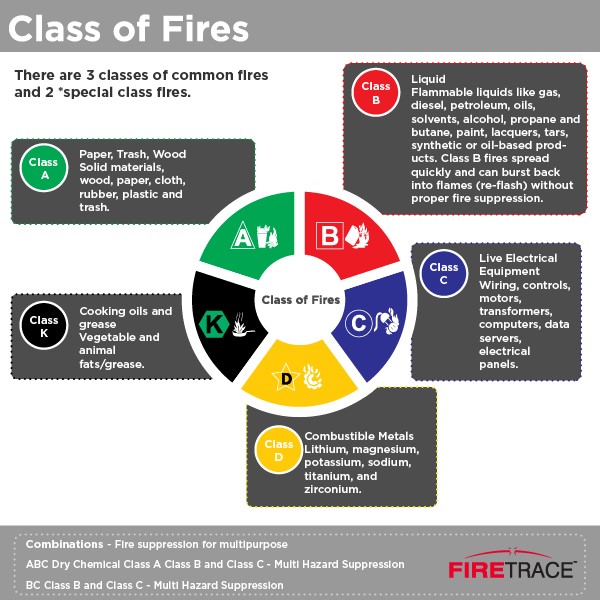class k fire examples
Vegetable oils such as safflower corn and canola. The only Mike-class sub built sank due to a raging fire April 7 1989.

The Five Classes Of Fires And The Fire Extinguishers That Stop Them Strike First Usa
Class K fire extinguishers specifically use extinguishing agents that separate and absorb the heat elements of the firethe fuel heat and oxygen necessary to start a fire.

. Class D fire extinguishers must be used for Class D fires which are typically found in chemical laboratories. These types are fires use commonly flammable material as their fuel source. Class K fires arise from flammable liquids used for cooking like vegetable and animal fat-based oils and greases.
Fire extinguishers rated for use with class K dangers always contain a wet chemical extinguishing agent which turns the cooking oil and fat that is serving as fuel to soap. Class K fires concern substances often found in kitchens. Adams Peoria IL 61602 Phone.
Selecting the Right Fire Extinguisher. The five classes of fire are. Class C Fires.
Besides there is also a risk of catching fire when substances overheat in the microwave. This is essentially the common accidental fire encountered across several different industries. The relevant graphics and letter designations that accompany these classes are specified by NFPA 10 the standard for portable fire extinguishers.
Class A fires are defined as ordinary combustibles. K -278 Komsomolets. Wet mist containing chemicals such as potassium carbonate potassium acetate or potassium citrate that mix with the cooking grease.
Examples of combustibles that cause a Class A fire include things such as paper rubber wood textiles straw plastic etc. Fires sparked by an electrical reaction a short circuit in wiring or inside an appliance for example are a little trickier than other fires because with the addition of electricity as a cause you cannot EVER use water to extinguish them because water conducts electricity. Wood fabric paper trash and plastics are common sources of Class A fires.
Most class K fires are caused by fat and cooking oils that burst when cooking. As such there are specific Class C fire extinguishers that contain a dry powder or. The National Fire Protection Association NFPA categorizes fires by class.
This classification of fire is done based on the combustible material that can possibly catch fire accordingly the safeguards against such. If you are an avid cook in your home they are likely a hazard in your residential kitchen too. The answer is that it is an extinguisher with the ability to use wet chemical agents in order to suppress dangerous fires resulting from the ignition of oils grease and animal or vegetable fats.
The relevant graphics and letter designations that accompany these classes are specified by NFPA 10 the standard for portable fire extinguishers. This is essentially the common accidental fire encountered across several different industries. Flammable Liquids and Gases.
Trash fires are one such example. So well-maintained class K fire extinguishers are very important for a commercial kitchen. Examples of such substances include animal oils fats grease and vegetable oils used for deep fryers and other cookers.
In America it is known as Class K whereas in Europe it is known as Class F. They are one of the more dangerous fires to combat and they are common in commercial kitchens. Below are examples of commonly used cooking oils.
These fires are also known as Kitchen fires because they are fires. However European and Australian categories slightly differ jump to the international comparison chart. A Class K fire can also be known as Class F fires.
Class K fire extinguishers work by saponification. Trash fires are one such example. For example in class A fires water can be used in Class K fires you can put a lid on top of the pot to cut off the fuel supply and extinguish the fire.
Wood fabric paper trash and plastics are common sources of Class A fires. When Class K elements reach a high. Getz Fire Equipment Headquarters.
The substance is non-combustible and actually absorbs the heat from the. Saponification is the quickest and most effective way to fight class K fires. Class A fires are defined as ordinary combustibles.
The extinguishing agents in these fire extinguishers dissociate oxygen from the fuel as well as absorb the heat of the fire. In other words class K fire extinguishers are the only type of fire extinguishers that can be used to control the class K fires. These extinguishers can disperse wet agents to a distance of 30 feet.
Le seul sous-marin de classe Mike coule à. These types are fires use commonly flammable material as their fuel source.
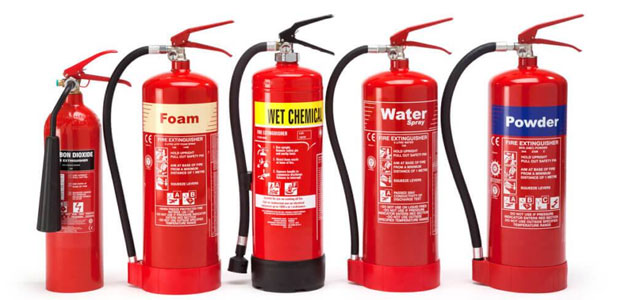
The Abcs Ds And Ks Of Fire Extinguishers Occupational Health Safety
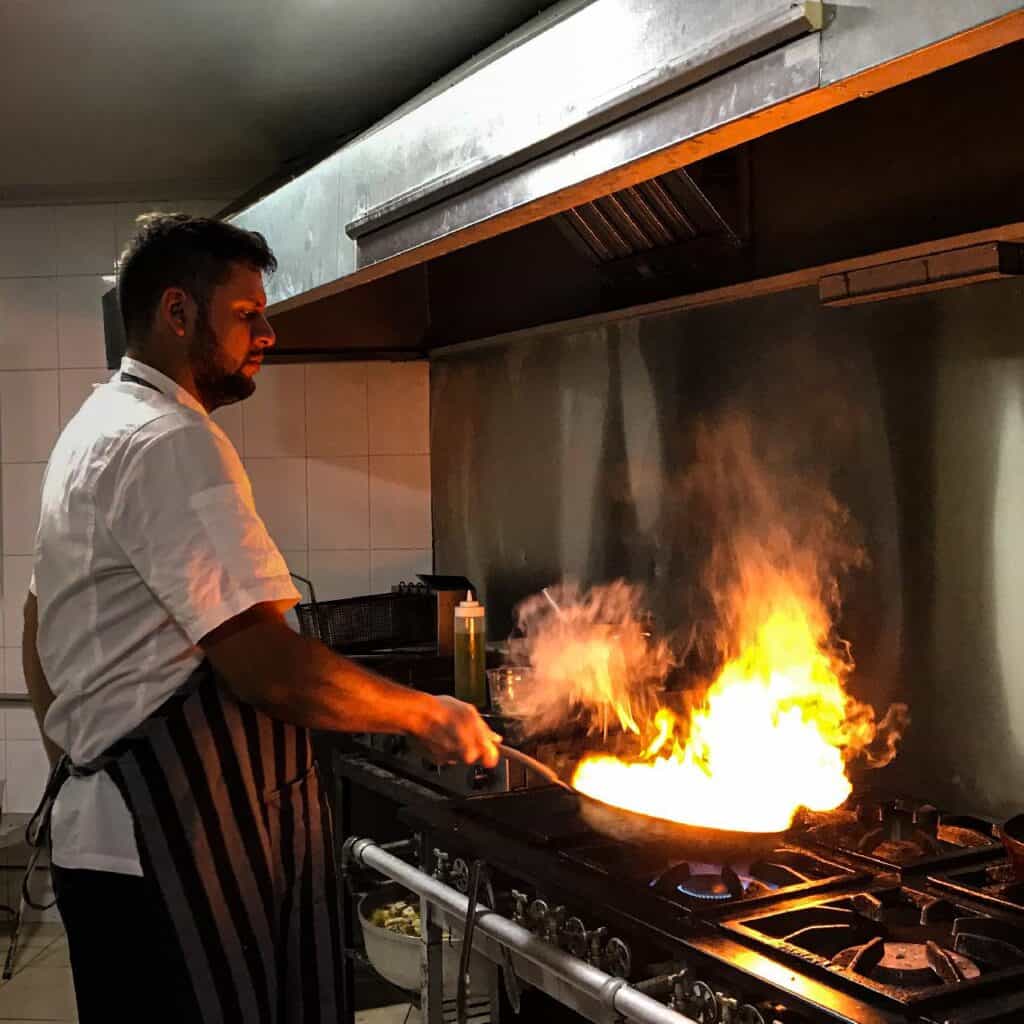
What Type Of Fire Can Be Put Out Safely With Water
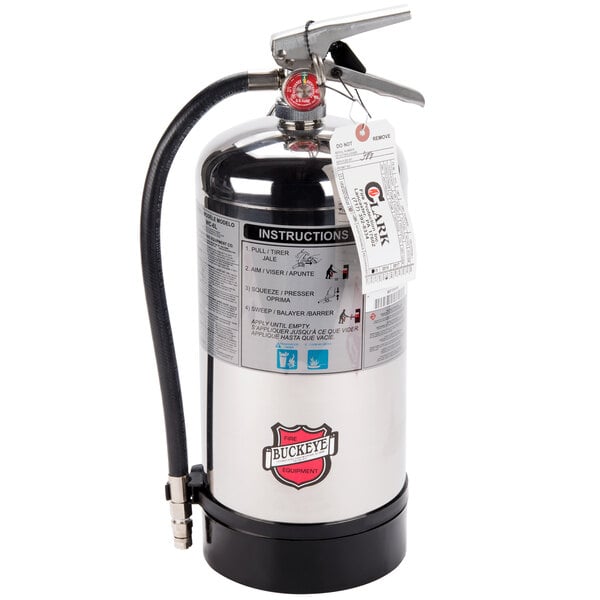
Guide To Fire Extinguisher Sizes Types Ratings
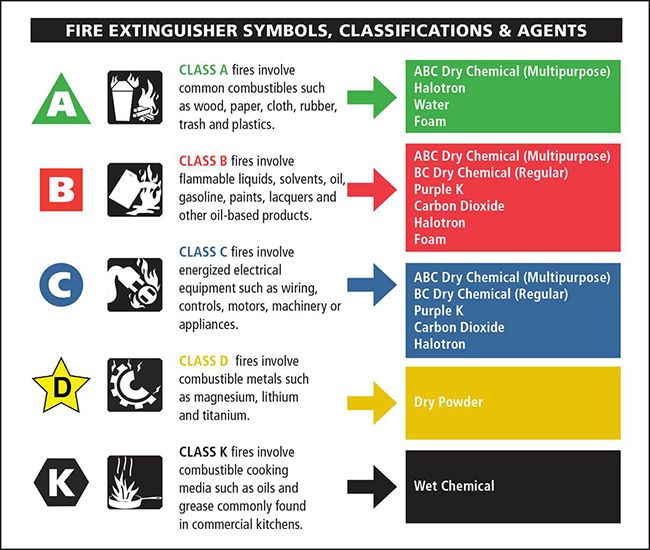
Types Of Fires Kidde Fire Safety

Fire Extinguisher Boat Requirements Canada Approved Type Ace Boater
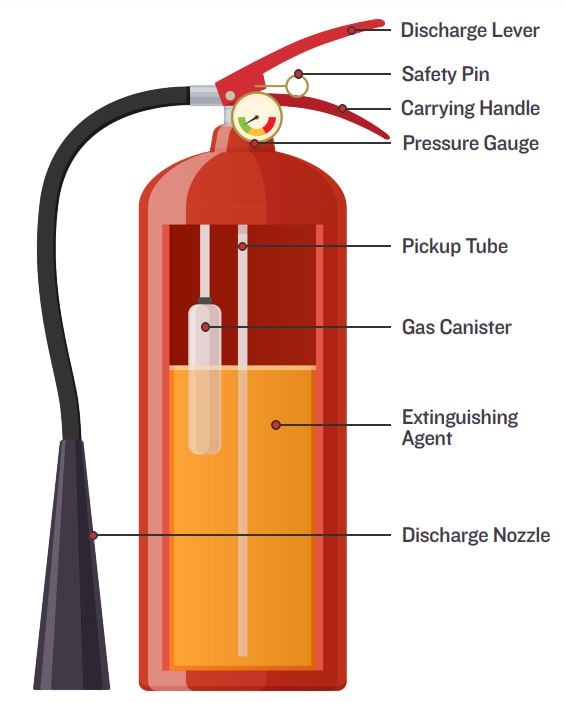
Guide To Fire Extinguisher Sizes Types Ratings
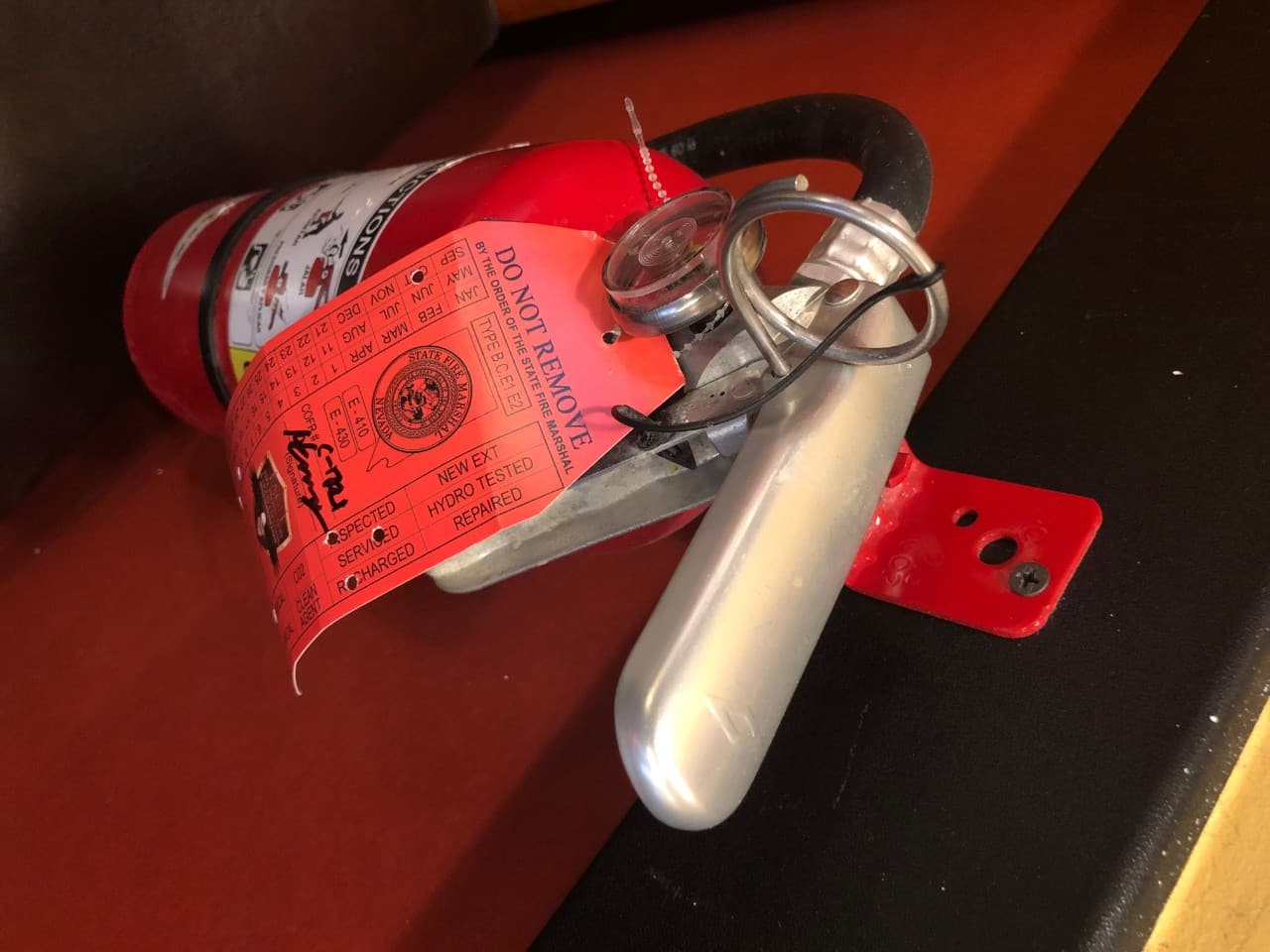
How To Read A Fire Extinguisher Tag Tips With Labeled Diagram Telgian
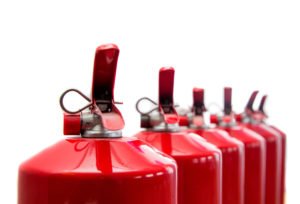
Fire Extinguisher Types How To Choose The Right Class

The Five Classes Of Fires And The Fire Extinguishers That Stop Them Strike First Usa

Abcs Of Fire Extinguishers Fire Prevention Services The University Of Texas At Austin

What Are The 5 Types Of Fire Extinguishers Vanguard
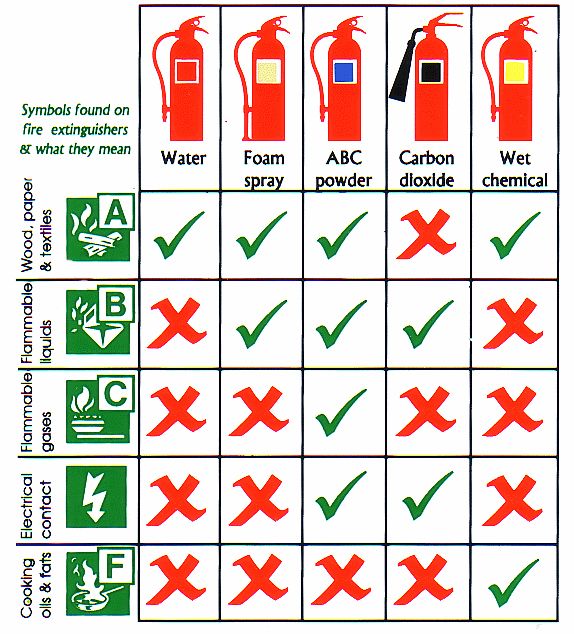
Fire Extinguisher Types How To Choose The Right Class
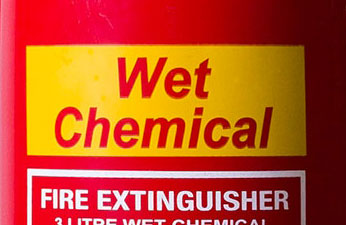
The 5 Types And Colours Of Fire Extinguishers And Their Uses Haspod
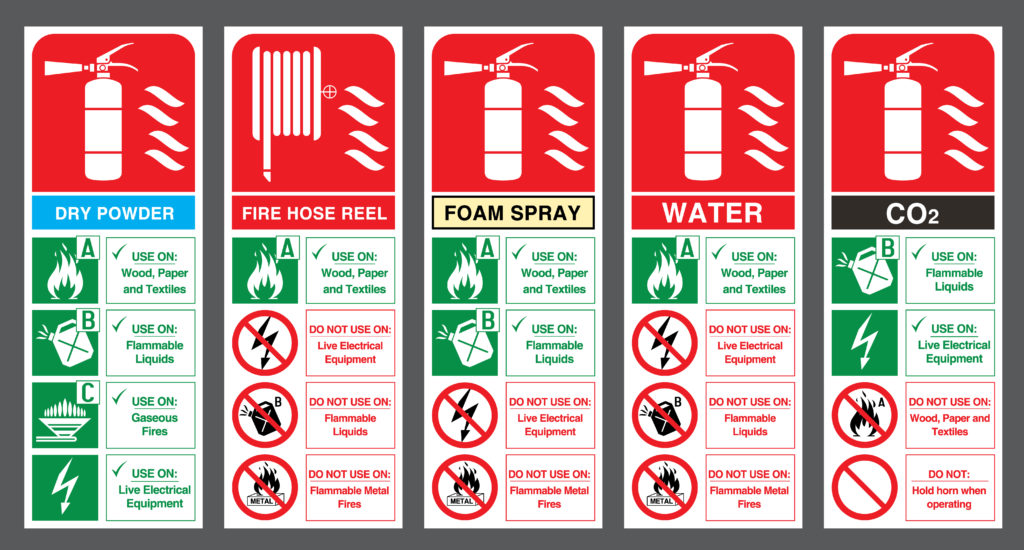
The Many Types Of Fire Extinguishers Fire Safety

What Is A Class K Fire Extinguisher Used For
What Is A Class K Fire Extinguisher Used For

The Types Of Fire Extinguishers Classifications Water Foam Co2
